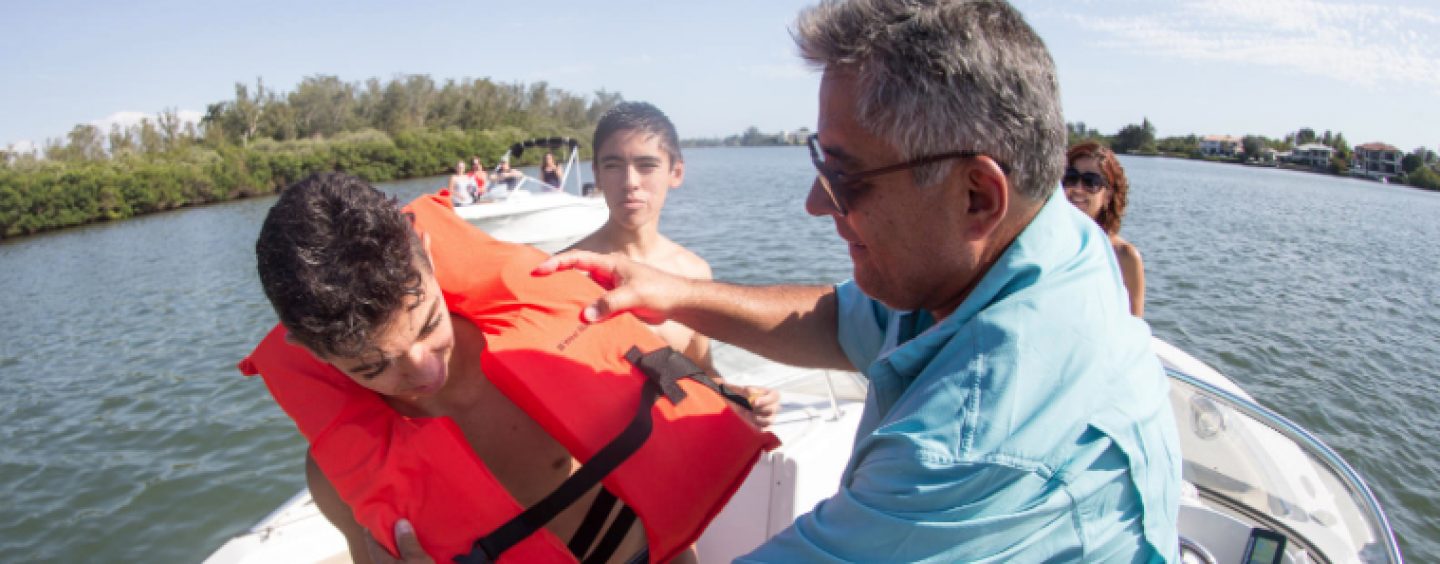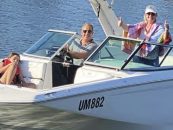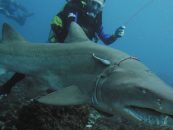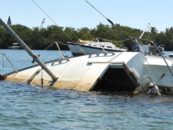Boating is in itself always an adventure, whatever type of boating it may be. But staying safe is as much part of the adventure, too. We compiled safety tips from different agencies to make boating an enjoyable experience for yourself and everyone else around you. Even if you are an expert boater, it is always worth being reminded of basic safety practices.
1. BOAT OPERATION
• Check that your boat is in good condition: engines and/or sails, and all mechanical equipment and gear, and all safety equipment.
• Have the right marine licence. Make sure you and your crew know how to handle the boat for where you are going.
• Go easy on the drink—waves, wind and weather multiply the effects of alcohol. Far too many boating fatalities involve alcohol.
• Observe the speed limits and other navigational signs.
2. EQUIPMENT
• Check that you have all the required safety equipment on board. Ensure all safety equipment is in good condition and easily accessible, in case of an emergency. Make sure everybody on board knows where the safety equipment is stored.
• Lifejacket—wear it! If it’s not on, it can’t save you. Always wear a personal flotation device, even if you are an experienced boater.
• Know how to use your marine radio, which channels to use and when.
3. OTHER WATER USERS
• Keep a constant lookout and check for people in the water. Be aware of boats and keep clear of their path.
• Reduce speed to 6 knots within 60 metres from people in the water, or within the boundary of a bathing reserve or a swimming area. (A swimming area is defined as the area extending 60 metres out from shore between signs for swimmers.)
• Reduce speed to 6 knots within 30 metres from any moored or passive vessel.
• Keep an eye out for the ‘Alpha’ flag, which means divers, snorkellers or spearfishers are in the water nearby. If you see any Alpha flags, brightly coloured flags or brightly coloured floats, slow down and keep well clear. Remember, you must stay at least 60 metres away from anyone in the water, or a safe distance and speed if that is not practicle.
4. ENVIRONMENT
• Check the weather before you go out.
• Keep your rubbish in the boat. Report any marine pollution.
• Observe wake and wash restrictions. Not only does a boat’s wake and/or wash affect shorelines and mangrove areas, it also affects the safety of other waterways users. (The ‘wake’ is created by the movement of your boat—the hull displaces the water that it travels through, leaving a ‘wake’ in its path. The ‘wash’ is the disrupted water that flows out from the stern of the boat and is caused by the motion of the propeller.)
• Check for no-go zones in marine parks. Moreton Bay Marine Park has a number of go-slow areas to protect turtles and dugongs from boat strike in critical feeding and resting areas.
• For whale and dolphin watching: Reduce to 6 knots within 300m from a whale or 150m from a dolphin. Do not approach a whale in front or behind within 300m, and within 100m from the sides of a whale.
5. COMMON SENSE
• Report your trip. Let someone know where you are going, how many people are on board, and when you intend to return.
• Plan for the worst-case scenario.
• Incidents involving injuries to people must always be reported even if the boat does not sustain any material damage. If in doubt about whether an incident is reportable, report it. Common marine incidents include groundings; capsize and swamping; fires; collisions with other boats, buoys, jetties and pontoons; falls within a boat; and persons overboard.
NOTE: The above safety reminders have been compiled from the Marine Safety Queensland, Gold Coast Waterways Authority, Queensland Water Police Service, New South Wales Road and Maritime Services. It is strongly advised to refer to the specific guidelines from each agency before engaging in boating activities. When in doubt, always check the rules.
SITUATIONAL AWARENESS
Situational awareness means having an accurate understanding of what is happening around you and what is likely to happen.
The following are what you need to know to have good situational awareness:
• Be aware of your environment, including:
o other boats in the area
o communications between vessel traffic services and other boats
o weather
o sea state
o depth of water
o tide and current
• Having mode awareness—know your boat’s configuration, equipment and systems. These systems include auto pilot, radar, GPS, AIS, compass, propulsion and their engaged modes. Be aware of the status of your boat’s systems.
• Keep spatial orientation—know the geographical position of the boat within the operational location.
• Keep a time horizon—manage time for things like fuel status and always allow time for unplanned events or emergencies.
(Marine Safety Queensland)
Compiled by Roselle Tenefrancia






























